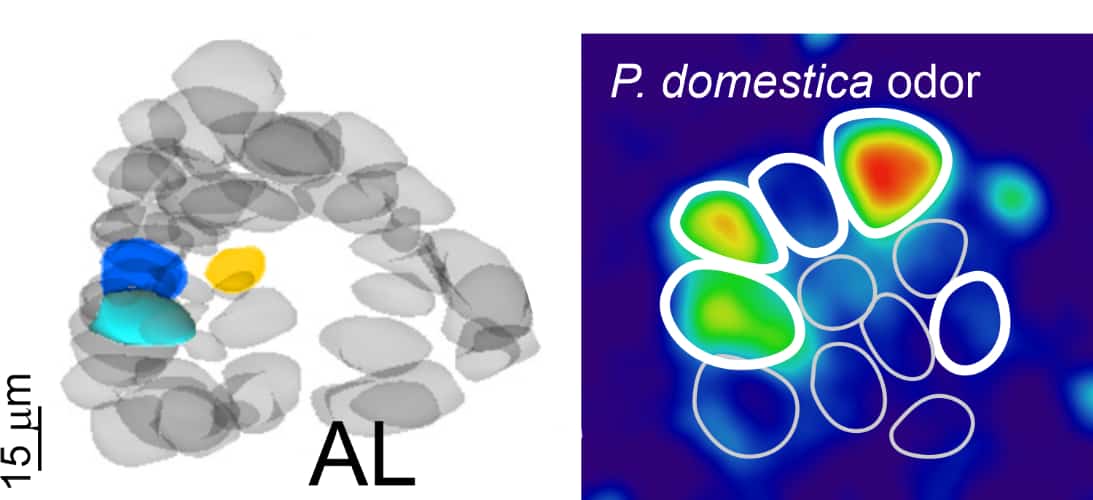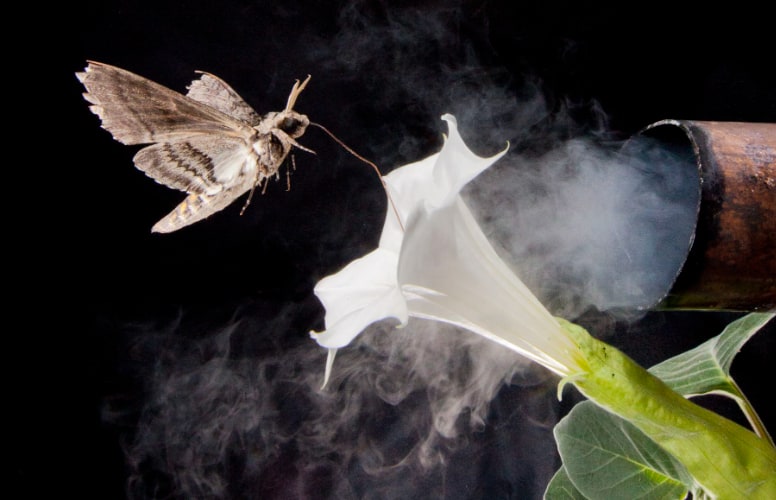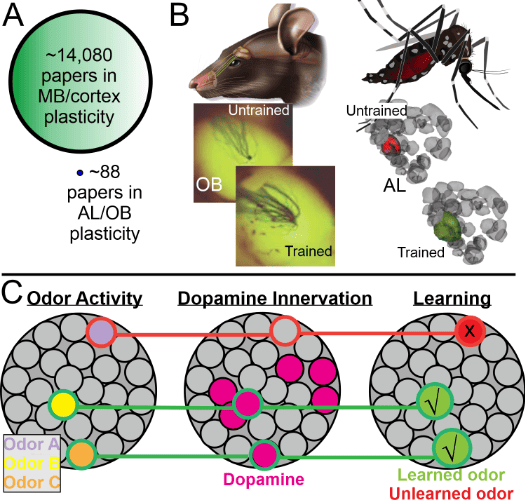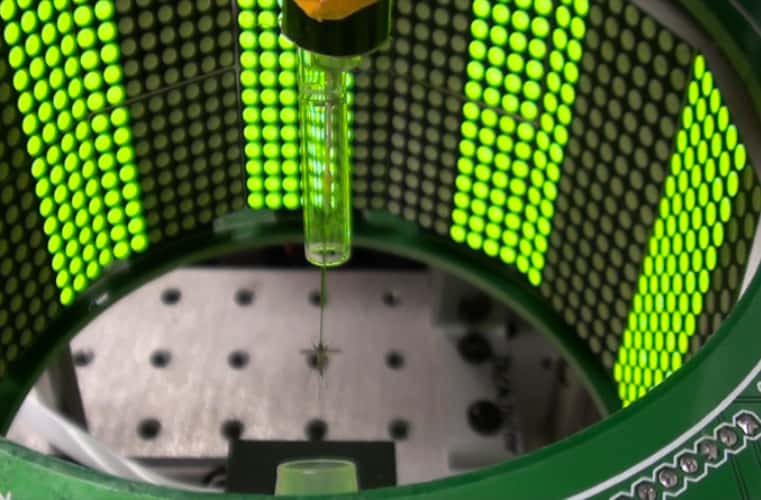What is Neuroecology?
Neuroecology synthesizes the neural basis of behavior and ecological principles. Behavioral processes mediate many ecological interactions at the population and community levels. Organismal behaviors are ultimately mediated by peripheral and central nervous system processing. Thus, Neuroecology embodies both the neural basis of behavior and the role of behavior in establishing patterns of organism abundances and species distributions in the field. As such, it scales from sensory stimuli (light, chemicals, sound) to communities and even ecosystems.
Research Foci
Coding of natural odors in the mosquito olfactory system
Using neurophysiological and imaging approaches, we explore the neuronal circuitry and synaptic interactions in the antennal lobe (AL), the primary olfactory center in the mosquito brain. Additionally, we examine how this information is decoded by the higher brain centers involved in innate behaviors, learning, and memory (eg, Lateral Horn, and Mushroom bodies). We aim to understand the mechanisms of information processing in the olfactory pathways in the central nervous system (CNS).


Chemical ecology and odor plume navigation
In parallel with our studies of the insect olfactory system, we are investigating the chemical composition and dynamics of the volatiles using a variety of chemical, physiological, and behavioral methods to identify behaviorally significant compounds and their timescales. In addition, we conduct detailed studies examining the dynamics of odors in space and time, and the effects of odors on the behavior of flying insects in the field and laboratory wind tunnels.
Effects of learning and memory in disease vectors
A variety of processes, both ecological and physiological, mediate the ability of mosquitoes to transmit vector-borne diseases to their vertebrate hosts. A key factor controlling the mosquito-host interaction is the ability for mosquitoes to accurately identify their hosts by using several sensory modalities. For the last ten years, we have studied the learning abilities of mosquitoes, including the yellow fever and dengue vector mosquito, Aedes aegypti. Our results were the first demonstration of Pavlovian learning in the mosquito and provide a unique model for understanding the bases of learning in a disease vector.


Sensory integration
Insects flexibly use different sensory modalities when encountering a mate or navigating to a food resource. In mosquitoes, we examine how odors turn on color preferences that indicate human hosts, and how acoustic stimuli from conspecifics modulate visual search behaviors. These studies bridge natural stimuli with the neural circuits mediating essential behaviors involved in host- and mate recognition.